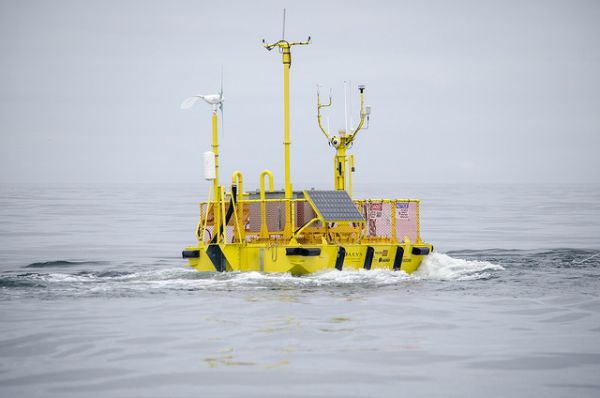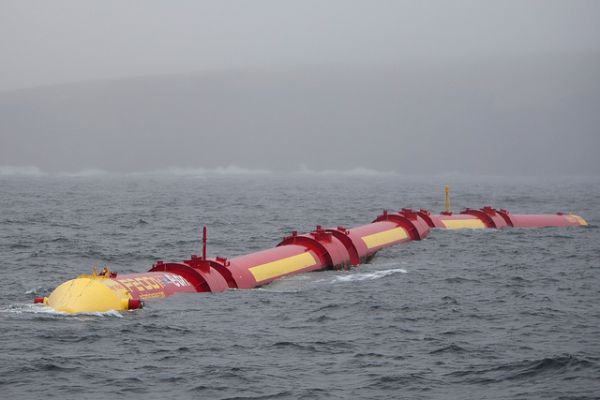Wave power is a form of wind power as waves emanate at the center of the sea when low-pressure zones cause ripples. These ripples are fanned by the wind and are carried up to the shore where they break after covering a distance of thousands of miles. The rise and fall of the wave consist of collecting wind energy, which can be harvested by using moving elements. Unlike hydro power, the water itself is not the catalyst here; it is just the agent that harnesses energy.

How it works
As per some estimates, wave energy can fuel up to 10% of the planet’s energy consumption. Waves are generated by the wind ripples on the sea which in turn are formed as sun heats the Earth. The power of the wave varies with the interaction of each of these elements and there are three factors that will determine how strong a wave is likely to be –
- Wind speed: the faster the wind speed, the bigger the wave
- Wind Time: the wave will be larger if the wind is hitting it for a longer length of time
- Wind Distance: the farther the wind travels against the wave, the bigger it will be
Water in the wave is the medium through which kinetic energy passes, here the water acts as the roller of the conveyor belt. The advantage of wave energy over wind energy is that ocean waves are dense with energy and unlike wind; waves can collect great amounts of energy in a small space.

Device for Harnessing Waves
The various devices invented for this purpose can be broadly placed in three categories –
- Oscillator Water Columns (OWC): it forces the water into columns, pushing air up and down to spin the turbine on top of the column. They are easy to maintain and durable, and can be installed closer to shore
- Over-topping Device (OTD): it gathers waves into a reservoir above sea level and allows the water to fall through a hydro turbine. They can be placed at any distance from the shore
- Wave Activated Bodies (WAB): it oscillates in the waves as pistons or buoys, moving back and forth or up and down. It is best used in shallow waters.
Wave energy is more abundant than wind or sun, but technology to harness wave energy is still at its nascent stage of development. Technical and financial difficulties have been hurdles many projects have been unable to cross. Further, biological effects may impact achievement of maximum efficiency and it may impact the livelihood of fishermen. Technically, the converters could be a navigational hazard and existing infrastructure suitability must be taken into account to assess the financial viability.
Summary:
Enticed by the abundance of wave energy, scientists across the world are working on methods of harnessing the power of waves to generate power of electricity. However, the wave harnessing technology in its early stage, but it can certainly fulfil the energy requirement of large population worldwide.




